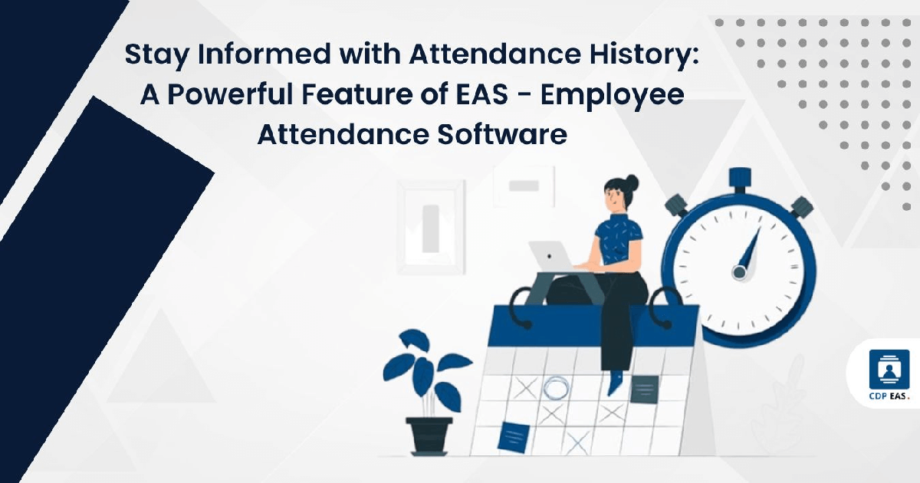Introduction:
Effective attendance management requires accurate records that benefit both employees and organizations. EAS – Employee Attendance Software’s Attendance History feature takes attendance tracking to a new level. In this article, we’ll explore how this feature empowers users to monitor their attendance patterns and how organizations benefit from maintaining precise attendance records.
1. Empower Employees with Insights:
Attendance History offers employees a comprehensive view of their attendance patterns. They can track the number of days worked, leaves taken, and early departures, enabling them to make informed decisions about their work schedule.
2. Self-Service Attendance Tracking:
Employees can access their attendance history directly, reducing the need to contact HR for attendance-related queries. This self-service capability streamlines processes and fosters independence among employees.
3. Performance Accountability:
Attendance History holds employees accountable for their attendance and punctuality. When individuals have access to their attendance records, they are more likely to prioritize attendance and improve their performance.
4. Accurate Data for Management:
For organizations, accurate attendance records are essential for workforce planning and payroll management. Attendance History ensures that attendance data is recorded and stored in a centralized platform for easy access.
Conclusion:
The Attendance History feature on EAS – Employee Attendance Software empowers both employees and organizations with accurate attendance data and valuable insights. By giving employees the ability to monitor their attendance patterns and providing organizations with accurate data for decision-making, this feature transforms attendance management into a streamlined and efficient process.





12 thoughts on “Stay Informed with Attendance History: A Powerful Feature of EAS – Employee Attendance Software”
Comments are closed.